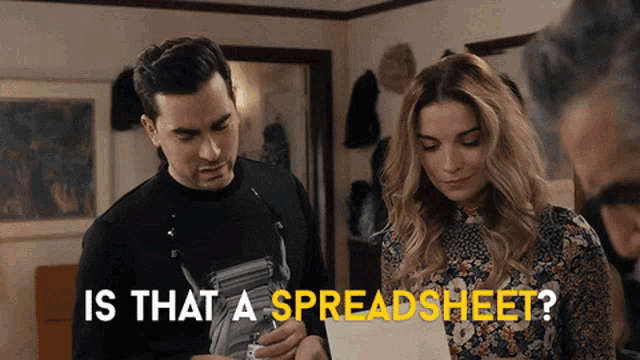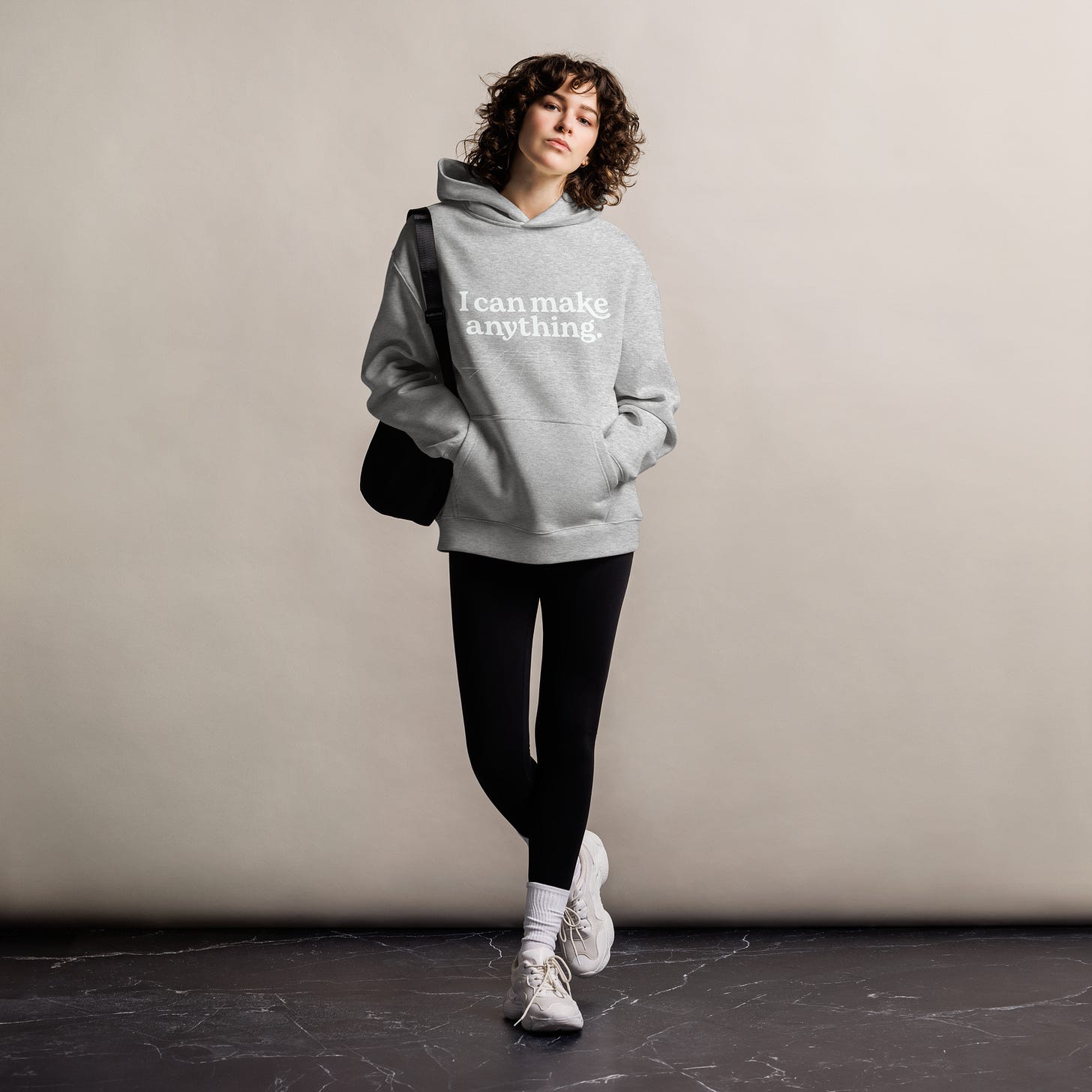What I Learned from Reviewing 160 Portfolios in a Weekend
And how you can stand out in this job market
Last week, I received an email from a company I’d worked with during my time at Adobe, helping them set up their 3D pipeline. The message was straightforward:
“Hey Mike, we’re a furniture company looking to add one more 3D artist to our team to help create photorealistic renders of our furniture using Substance. Know anyone?”
(Ok…that might not be a direct quote…no one says "hi, we’re a furniture company" but you get the idea.)
It’s a team I really like, and I wanted to help. So I did what I always do: I dropped a note in our Substance team Slack, shared the opportunity in the 3D Artist Community, and posted it to LinkedIn.
This was on a Friday afternoon. By the end of the weekend, my various inboxes were filled with over 160 portfolio submissions.
A Gut Punch
My first reaction? Honestly, it was a bit of a gut punch.
We all know the job market is tough right now. We are all impacted by the situation, or we know someone hit by layoffs and struggling to land that next opportunity. But to see a flood of people, many of whom I’ve never met, jump at a vague job post with no company name, title, or salary info… it really drove it home.
So I wanted to help as best I could. But I also wanted to respect the hiring manager’s time and not just throw a wall of links and resumes at them. I decided to go through every submission and organize what I saw.
How I Organized 160 Portfolios
To make sense of everything, I put together a spreadsheet and sorted candidates into four groups:
Group 1: Trusted collaborators
People I know, have worked with, and would recommend without hesitation. These are folks I’d hire with my own money—people I trust in tough situations. If you’re going to vouch for someone, they’re a reflection of you. That’s not something I take lightly.
Group 2: Direct portfolio match
People who showed clear, specific examples of what they were looking for, photorealistic furniture renders using Substance. This group was very small. Out of 160 submissions, very few showed the type of images this company was looking to create.
Group 3: Strong potential
People who didn’t have the exact work on their reel but showed enough skill that I believed they could get there quickly. Maybe they hadn’t rendered furniture, but their work showed a strong technical and artistic skills.
Group 4: Everyone else
After that, it was everyone else.
This experience gave me a clearer picture of the current job market—and what actually helps someone stand out. So if you’re applying to 3D roles outside of entertainment (or even within), here’s my honest advice.
Niche Wins
Here’s the big one: the more general your portfolio, the easier it is to overlook.
This isn’t about gatekeeping or forcing people into tiny boxes. It’s just the reality of how hiring works.
When you’re looking at hundreds of portfolios, the ones with a little bit of everything all blur together. But when someone has a tight portfolio that says, *“I specialize in this exact type of work you need”, that person stands out.
It’s not about being a material artist or a lighting artist. It’s about being the person who does, for example, stunning photorealistic cosmetic bottle renders, or the best technical shoe turntables, or, yes, beautiful renders of soft goods and upholstered furniture.
If your work speaks directly to a company’s needs, you make their decision easier. You shorten the leap of faith they need to take when hiring.
Photoreal vs. “Perfect Real”
Here’s something else I noticed: most portfolios lean heavily into the VFX/games style of photorealism—fingerprints, grime, rust, surface imperfections. And hey, that takes skill. That aesthetic was hard to pull off in the past and still requires nuance.
But that’s not the kind of realism product companies are looking for.

What they want is the idealized real.
The “perfect photo” version of real. The kind of photorealism that lives in high-end marketing: no scuffs, no smudges, just beautifully lit, believable, desirable products.
It’s not easy. It’s its own discipline and it takes skill and practice to nail.
But if you do? You’ll instantly stand out to companies working in e-commerce, furniture, footwear, tech, fashion—you name it.
How You Share Your Work Matters
This one surprised me a bit. But after reviewing 160 submissions, I developed a clear preference for how I like to see work and I bet other hiring managers feel the same way.
Best: An Online Portfolio Site
Sites like ArtStation, Behance, The Rookies, or even a clean personal site with a tiled grid of work. I want to see everything at a glance and click into what interests me. Let me navigate at my pace.
Good: Demo Reel (on a fast player)
Still works, especially if your reel is short and your work is strong. But keep in mind: if it’s a YouTube channel with long videos, the reviewer will probably start to click around your timeline trying to see your work more quickly. And they definitely will feel frustrated if they have to sit through commercials to watch your reel so just be careful with platforms that do ad placements.
Hard No: Google Drive / Dropbox Links
If I have to download a file to see your work, I’m not doing it. I don’t know what it is. I don’t know if it’s safe. It just adds too much friction—and when you’re reviewing 100+ people, friction = likely rejection.
Also: if you don’t have to password protect your reel or site, don’t. The extra steps slow things down. You want someone to click and be wowed. Don’t add hurdles.
I know these might sound harsh but I pride these newsletters on being honest and transparent with you all and this was honestly how I felt.
Timing Is Everything
Most job openings close fast. Like, within a few days.
If you hesitate to polish your portfolio or add that last project, the door may already be shut.
That’s why you need to have your portfolio ready ASAP and be ready before the job opens. Think of it like a “go bag” for opportunities. When the right opening appears, you want to be ready to move.
Final Thoughts
If you’re trying to break into a new industry, this is how you do it:
Pick a niche.
Furniture, footwear, skincare, tech, packaging—whatever excites you.Master the aesthetic.
Aim for that ideal, polished realism that companies want in product marketing. Bonus points for making it video content. Lots of companies want to utilize more dynamic animated shots too.Make it easy to see your work.
One click. No hurdles. Let the work speak.Be ready.
Job windows are short. Your portfolio should be ready before the listing goes live.
I know the market is tough. I know so many of you just need a shot, just one open door. But companies are looking for people whose dream job matches the work they need done.
That’s how you get happy employees that stay at a company for a long time and have the potential to grow into bigger and better roles. That’s where the magic happens.
So when that door cracks open?
You want them to see your work and say, "That’s the person we need."
The 3D Artist Community Updates
We are thrilled to have Carlos M. Cruz joining us for an AMA this week!
Carlos is a technical leader at the intersection of creative tools and cutting-edge graphics technology. With a foundation in industrial design and deep expertise in software engineering, Carlos brings a rare blend of artistic empathy and technical precision to developing high-performance tools for VFX and graphics workflows.
Specializing in real-time rendering, pipeline optimization, and artist-centric tooling, Carlos has built a career around enabling creative professionals to work faster, smarter, and with fewer technical hurdles. Whether he's leading cross-functional teams or exploring the future of graphics tech, Carlos is driven by one mission: to make complex systems invisible—so creators can focus on their craft.
3D Merch is here and we have a new hoodie!
3D News of the Week
Maxon just launched its first new software in years – and it’s bringing Oscar-winning cinematic 3D to designers - Creative Bloq
Philips debuts 3D printable components to repair products - Tom’s Hardware
Learn How To Simulate Snow & Water With X-Particles & NeXus - 80.lv
Introducing Texture-Based Nesting in CLO 2025.0 - LinkedIn
Style3D's High-Speed Simulation: Powered by Our Exclusive Global GPU Fabric Engine - LinkedIn
3D Tutorial
3D Job Spreadsheet
Link to Google Doc With A TON of Jobs in Animation (not operated by me)
Hello! Michael Tanzillo here. I am the Head of Technical Artists with the Substance 3D team at Adobe. Previously, I was a Senior Artist on animated films at Blue Sky Studios/Disney with credits including three Ice Age movies, two Rios, Peanuts, Ferdinand, Spies in Disguise, and Epic.
In addition to his work as an artist, I am the Co-Author of the book Lighting for Animation: The Visual Art of Storytelling and the Co-Founder of The Academy of Animated Art, an online school that has helped hundreds of artists around the world begin careers in Animation, Visual Effects, and Digital Imaging. I also created The 3D Artist Community on Skool and this newsletter.
www.michaeltanzillo.com
Free 3D Tutorials on the Michael Tanzillo YouTube Channel
Thanks for reading The 3D Artist! Subscribe for free to receive new posts and support my work. All views and opinions are my own!








![3D Furniture Rendering: [Everything You Need to Know] - PIXREADY 3D Furniture Rendering: [Everything You Need to Know] - PIXREADY](https://substackcdn.com/image/fetch/$s_!CxNn!,w_1456,c_limit,f_auto,q_auto:good,fl_progressive:steep/https%3A%2F%2Fsubstack-post-media.s3.amazonaws.com%2Fpublic%2Fimages%2F312b541c-3117-4ef3-a806-4dce84cbd9bd_1500x844.webp)




Great post and very insightful. I’m a 3D generalist in VFX and out of work now since Jan. Seriously considering pivoting into this type of work as entertainment market feels saturated/competition is so high, frankly I’m a bit fed-up..
My only query is, is it better, when looking for these types of clients to focus on one type of product eg furniture, or a mix of products but all in a clean photoreal render style ..?
This was incredibly insightful and truly helpful! It's content like this that shapes my portfolio and sharpens my focus on reaching the right audience without all the guesswork. I feel more empowered and directed in sharing my work now!